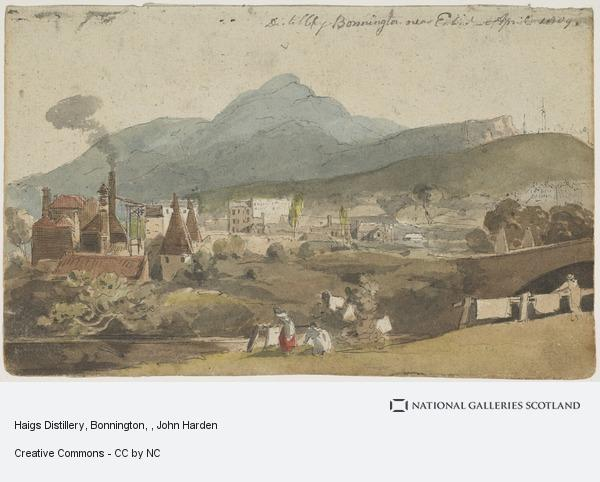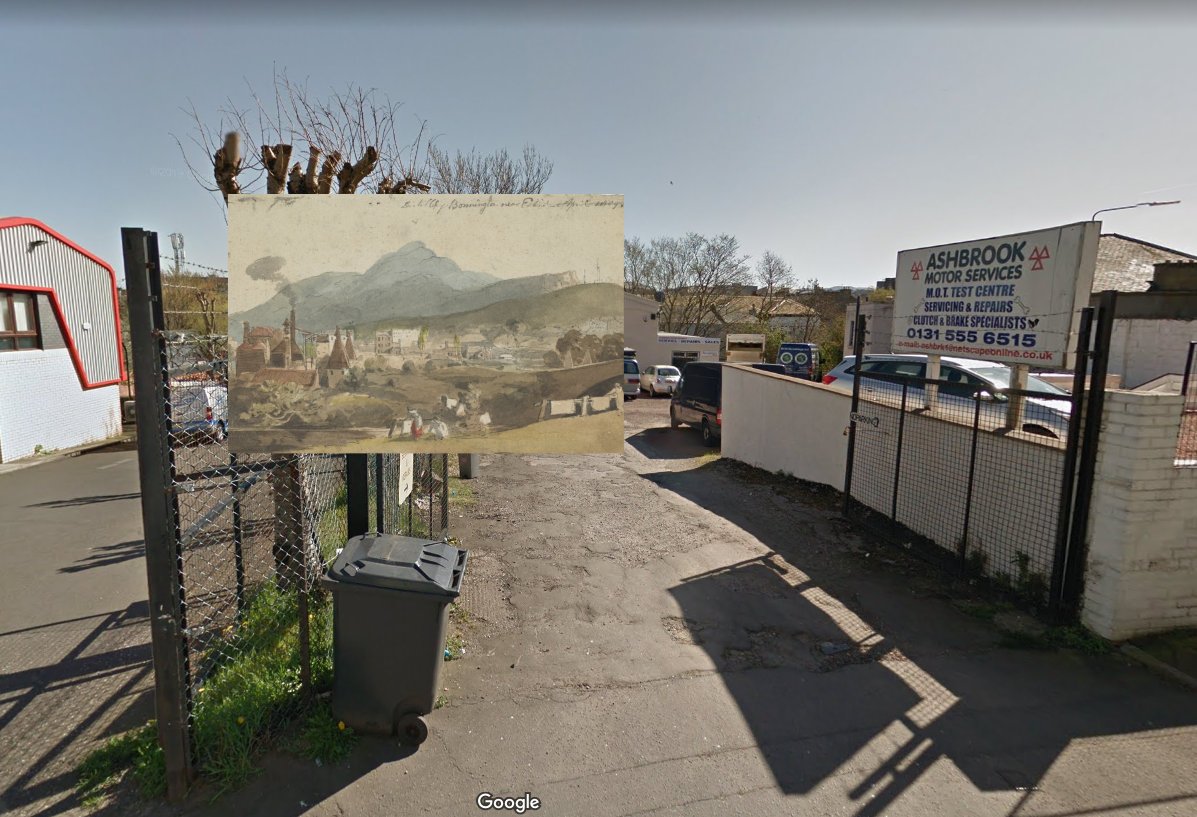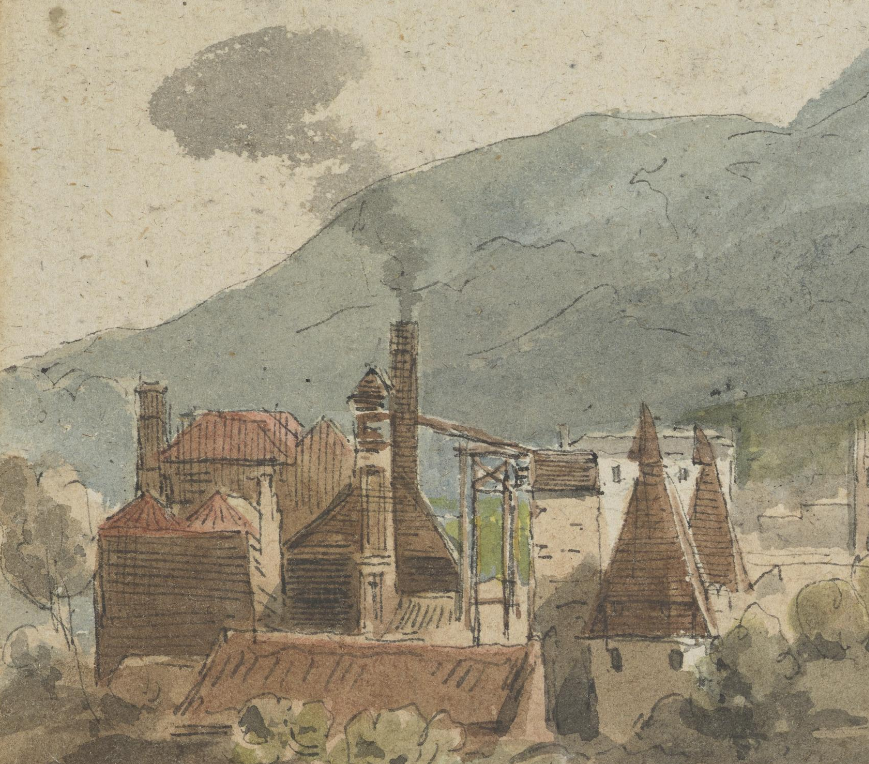
Today's #AuctionHouseArtefact is this Leith beggars badge or token. It is inscribed on the front with the earlier version of the burgh crest and motto of Leith (Persevere), and on the back with Leith Poor No. 10 



"The growth of a large class of beggars in medieval times led to the necessity for limiting the numbers of those
officially entitled to beg". This was put into Scottish law as early as 1424. Only those with a badge were allowed to beg, and it had to be worn on outer clothing
officially entitled to beg". This was put into Scottish law as early as 1424. Only those with a badge were allowed to beg, and it had to be worn on outer clothing
Parishes and burghs all over Scotland issued these badges. They had a serial number (No. 10 in this case). Begging was thus made official and strictly controlled. They were generally lead or some other easily cast, cheap metal.
Here are further Leith badges, serialled No. 5 and No. 7. Although I'd wager that on the left is a newer design than on the right. 



Interestingly, as far as I'm aware no tokens from the 2 largest burghs (Edinburgh and Glasgow) are known to survive.
Back to our Leith token. It's quite rare too. At least 3 other Leith tokens survive. It's not date stamped, but I would wager this is from the last quarter of the 19th c. given the style of the crest and the fact the Persevere motto did not seem to be used until then.
• • •
Missing some Tweet in this thread? You can try to
force a refresh



























